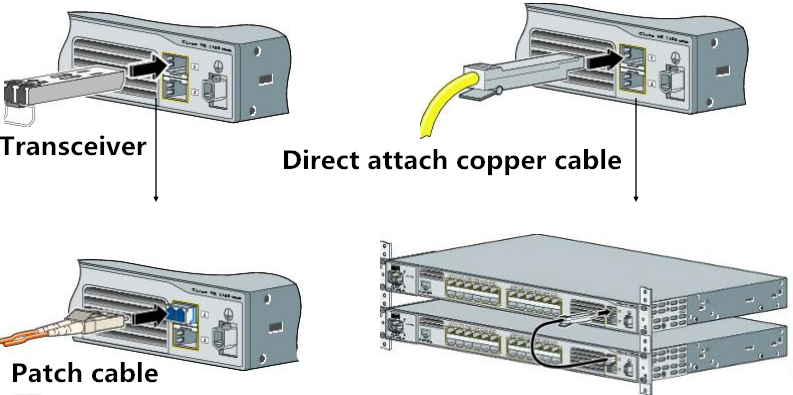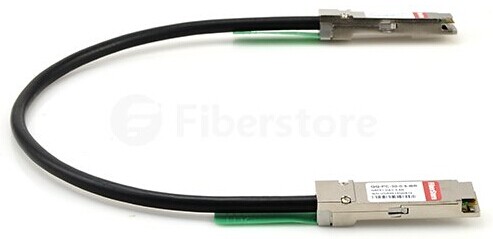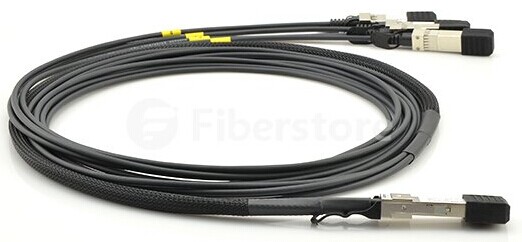With the wide deployment of 40 Gigabit Ethernet, the 40G QSFP+ direct attach copper cables are becoming more and more popular due to the compact size, low power and cost-effectiveness. 40G QSFP+ to QSFP+ direct attach copper cables and 40G QSFP+ to 4 x 10G SFP+ direct attach copper cables are hot pluggable and parallel passive / active copper cables for storage, data, and high-performance computing connectivity.
QSFP+ to QSFP+ direct attach copper cables are hot-removable and hot-insertable. A cable consists of a cable assembly that connects directly into two QSFP+ modules, one at each end of the cable. The cables use integrated duplex serial data links for bidirectional communication and are designed for data rates up to 40 Gbps. QSFP+ to QSFP+ direct attach copper cables are suitable for very short distances and offer a highly cost-effective way to establish a 40G link between QSFP+ ports of QSFP+ switches within racks and across adjacent racks. These cables connect to a 40G QSFP port of a switch on one end and to another 40G QSFP port of a switch on the other end.
The move from 10G to 40G Ethernet will be a gradual one. It is very likely that one may deploy switches that have 40G Ethernet ports while the servers still have 10G Ethernet ports. For that situation, we should use a QSFP+ to 4 SFP+ direct attach breakout copper cable. These cables connect to a 40G QSFP port of a switch on one end and to four 10G SFP+ ports of a switch on the other end, which allows a 40G Ethernet port to be used as four independent 10G ports thus providing increased density while permitting backward compatibility and a phased upgrade of equipment.
The 40G QSFP+ direct attach copper cables are used to connect switch to switch or switch to server. When we use a fiber optic transceiver and patch cable to establish a fiber link, we should firstly plug the transceiver to the switch and then plug the patch cable to the transceiver. But for a QSFP+ direct attach copper cable, both SFP+ connector and QSFP+ connector can be directly inserted into the switch and don’t need a transceiver at all, which provides a really cost-effective solution for interconnecting high speed 40G switches to existing 10G equipment or 40G switches to 40G switches.

40G QSFP+ direct attach copper cables can provide inexpensive and reliable 40G speed connections using copper cables with distances reaching up to 30ft (~10 meters length). Cost of short reach connectivity is significantly reduced by avoiding the more costly fiber transceivers and optical cables. As the main fiber optical manufacturer in China, Fiberstore provides a good selection of 40G QSFP+ copper cables, both passive and active copper cables are available. For longer distances, active copper or optical cables are required. For more information or quotation, please contact us via sales@fs.com.











